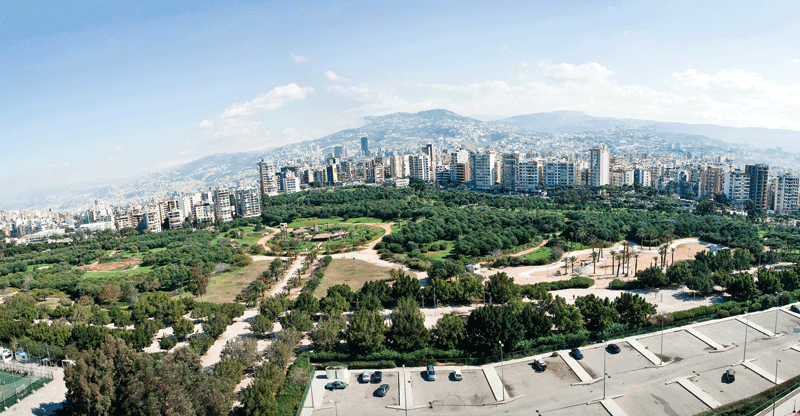Nabila Rahhal
Nabila is Executive's hospitality, tourism and retail editor. She also covers other topics she's interested in such as education and mental health. Prior to joining Executive, she worked as a teacher for eight years in Beirut. Nabila holds a Masters in Educational Psychology from the American University of Beirut. Send mail


1 comment
[…] stance toward public spaces and the work of his organization Nahnoo, which seeks to re-open Horsh Beirut, an urban park that has been closed to the public since 1992. Discussing informal […]
Comments are closed.